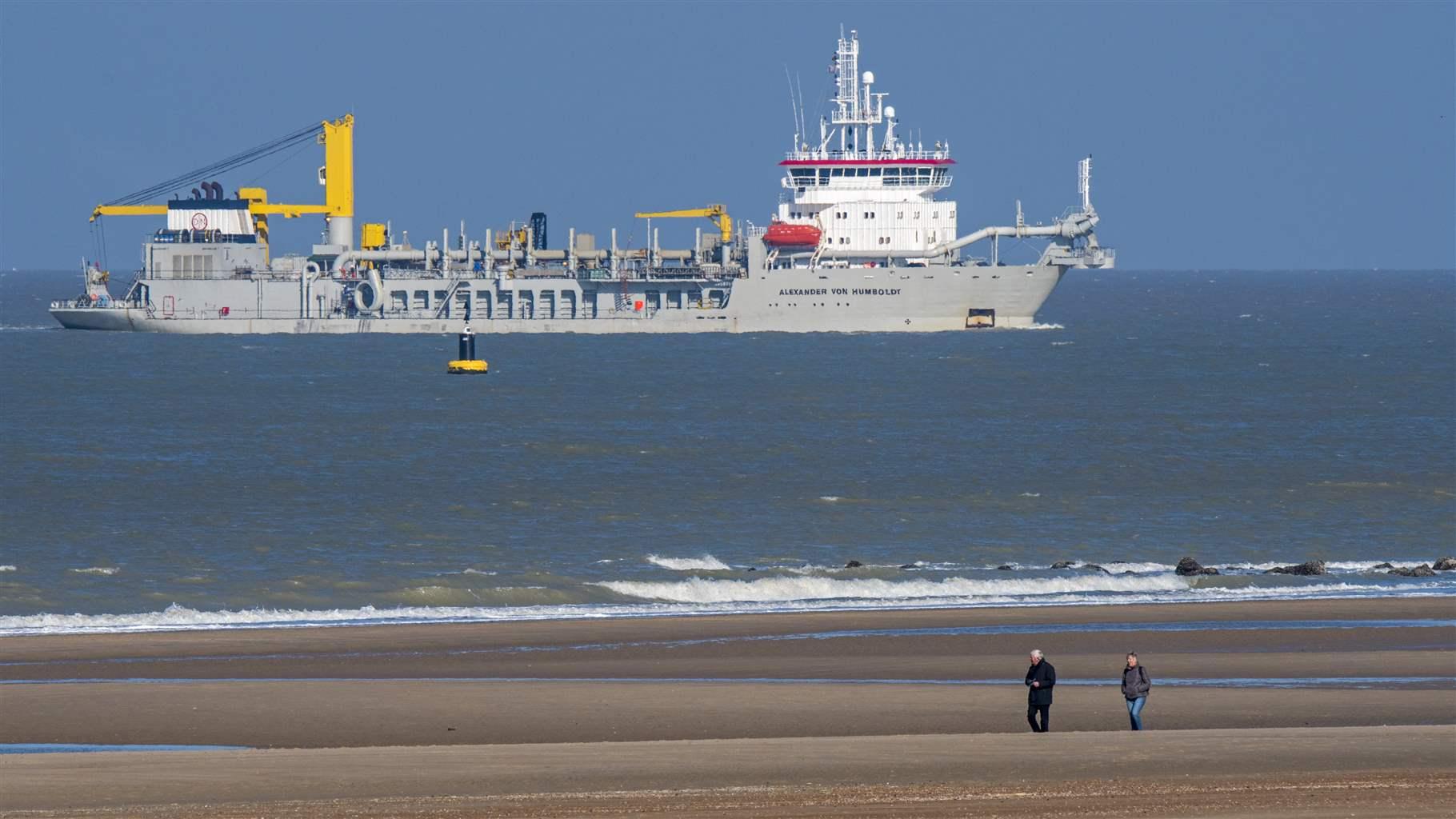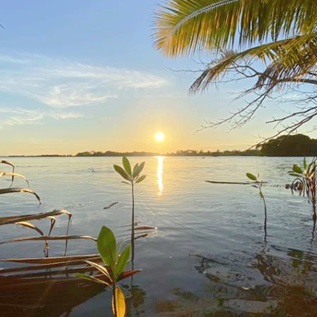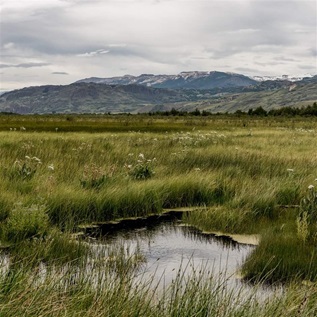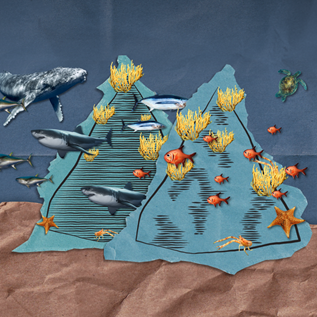Seabed Mining Could Threaten West Coast Fisheries and Communities
California and Washington should bar prospectors from state waters

Thirty years ago, scientists tested the potential effects of seabed mining by dragging a plow over a swath of ocean floor in the eastern Pacific Ocean, resulting in a sediment plume that buried the study area. The plow tracks from that 1989 experiment remain visible to this day, a testament to the lasting damage seabed mining could inflict.
Today, an increasing demand for rare metals, coupled with advances in extractive technology, could bring industrial-scale prospectors to the U.S. West Coast in search of gold, titanium, phosphorus, and other increasingly valuable minerals that may be found on the nearshore seafloor. This includes the valuable and vulnerable territory extending from the shoreline to a boundary 3 miles offshore, an area managed by the states of California, Oregon, and Washington.
Oregon addressed the threats from seabed mining in state waters in 1991, through legislation. However, California and Washington still accept applications for hard mineral exploration and extraction leases along their coasts, which in the absence of specific standards are considered on a case-by-case basis.
Large seabed mining machinery would remove or destroy sponges, corals, and other marine life. Sediment clouds, some capable of traveling long distances, could smother or negatively impact the feeding of other marine life, including plankton, deep-diving marine mammals, and both benthic and pelagic fish. Seabed mineral extraction, which ranges from dredging to far more destructive techniques such as removing the top 12 inches of seafloor off seamounts, could additionally affect kelp forests and other marine habitats that nurture commercially and recreationally important fish. Also at risk are the breathtaking beaches, tidepools, and rocky reaches that help support a multimillion-dollar tourism industry.
Given the present effects of rising ocean temperatures and acidification, nearshore marine waters and coastal communities along the Pacific do not need another threat. California and Washington should close their state waters to seabed mining. Oregon has demonstrated that this careful conservation approach is feasible, far-sighted, and reasonable. And for the coastal towns, cities, and fishing and tourism industries that depend on these valuable but vulnerable waters for their livelihoods, it is a necessary precaution.
Jennifer Browning directs The Pew Charitable Trusts’ project on conserving marine life in the United States, Puerto Rico, and the Caribbean. Tom Rudolph works on Pew’s conserving marine life in the United States and Canada projects.












